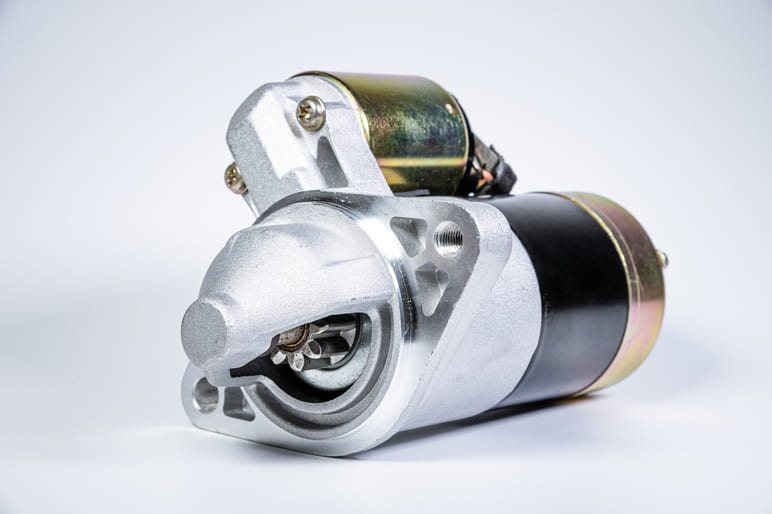
This is our guide to this essential car part. Drivers, start your engines!
When you put your key into the ignition (or press the starter button in more modern cars) it sets into motion a complex combination of mechanical and electrical processes that bring your car to life.
The name ‘ignition’ can be misleading, though. It is true that the ignition system – spark plugs, fuel injectors, ignition coils, are vitally important, but without a starter motor, all of this would be for nothing.
This small motor is what kickstarts the whole ignition process and gets the engine turning over before it can start. You might find yourself sitting in your car with all the lights and electricals working, showing you that there is no battery problem, but still unable to get the engine going. In this case, you’ve probably got a problem with your starter motor.
Bad starter issues are relatively frequent; most garages deal with them on a daily basis. Luckily, however, there are some clear signs that let you know the starter is about to break down. This is Autodoc’s guide to what a starter motor is and how to spot when it is about to fail.
What is the job of the starter motor?
The starter motor is what gets the engine turning over before the car starts. Since there is often some confusion between starting and turning over, let’s quickly clear this up.
Before an engine can start or ‘fire’, it has to turn over. This term ‘turning over’ describes the mechanical process that the engine uses to start. This is where the flywheel attached to the starter motor rotates the crankshaft and the crankshaft starts the engine. This is the cranking noise you hear when you turn the key. Only after this does the ignition system spark into life and get the engine going.
What is the starter motor?
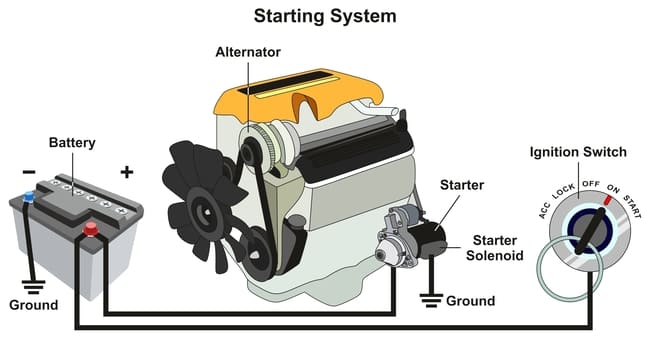
The starter motor uses electrical power from the battery to turn the starter pinion. This small gear meshes with the much larger flywheel ring gear. When you turn the ignition switch, the electromagnet inside the body of the starter motor engages & pushes out a rod to which the pinion is attached. This means that the pinon, and in turn the flywheel, start to turn. This is slow at first but then rapidly speeds up. The crankshaft turns and this turns the engine over, also known as cranking the engine, and then allows the engine to start.
Since the starter gear is small and the flywheel is massive in comparison, the gear ratio is high and means the high rotational speed of the starter gear that provides the necessary torque needed to turn the engine over. Obviously in order for this to work, it is crucial that the battery is in a good condition and has enough power to get the starter gear turning.
The reason that the starter motor is so key for the engine is that it also provides the air for combustion. As the engine turns over, air (as well as fuel) is sucked into it. As the engine turns over, the starter motor disengages, and the electromagnet stops. The rod retracts into the starter motor once more, taking the pinion out of contact with the flywheel and preventing potential damage.
The starter is one of several motors under the bonnet or your car and it is often confused with the alternator because of their similarity. The alternator is also an electrical device that charges the battery. It regulates the voltage and supplies power to the car. It generates all the electricity used by the car. So in this sense, it works with the starter motor, but is different from it.

What are the components of a start motor?
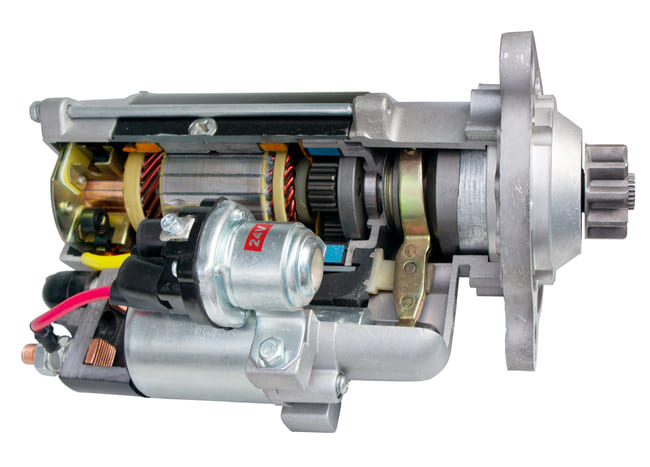
A starter motor is composed of two main parts: the primary motor that turns your crankshaft and starts your engine, and the solenoid (which contains two coils of wire wrapped around a moveable core) that simultaneously engages the starter’s drive gear and closes the main motor’s electrical contacts.
The starter also has brushes that run on a section of the commutator at the rear of the housing, making contact with the contacts of the commutator and conducting electricity.
The pinion is a unique combination of a gear and springs. Once the starter is engaged the gear is extended into the gearbox housing and is engaged with the flywheel. This spins the engine to begin the combustion process.
The housing holds the starter fields in the housing with screws. This can consist of two to four field coils connected in series. Energised by the battery this converts the coils into an electromagnet which then turns the armature. When the armature coils are powered a magnetic field is created around the armature.
Why do starter motors go wrong?
Problems with the starter motor are fairly common and often aren’t serious if dealt with quickly. They can be caused by poor maintenance or general wear and tear. The different parts of the system get a lot of us during their lifetime and will of course have problems after a while. With more and more vehicles being fitted with stop/start technology the strain on starter motors and batteries has been greatly increased.
Here are some of the common problems that starter motors deal with.What are the symptoms of a failing starter motor?
Luckily, starter motors and solenoids don’t normally just suddenly give up the ghost and fail. If you notice the following warning signs, it is time to get your starter motor checked as a possible source of the problem.
- S. S.12.10.2023 16:48Member
HI
LIST me all the starter motors compatible for my car please











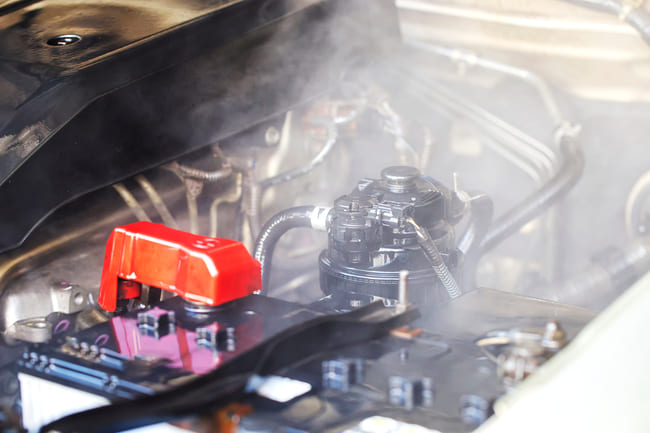

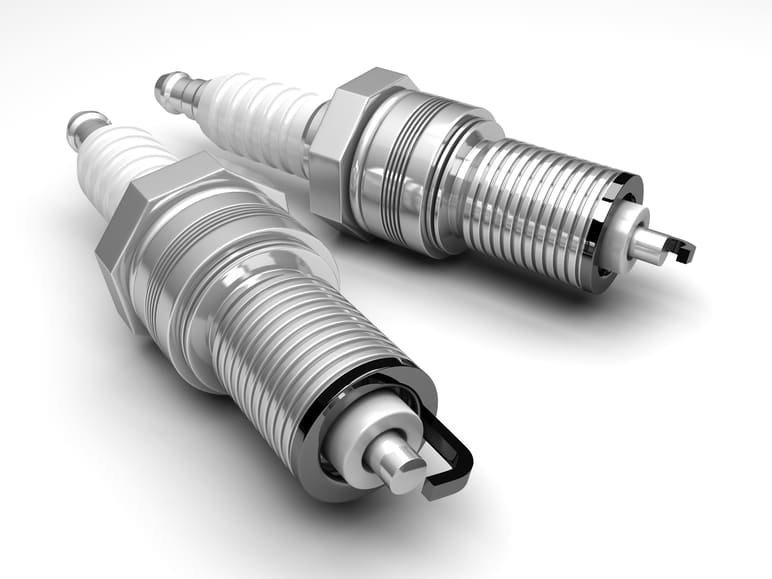

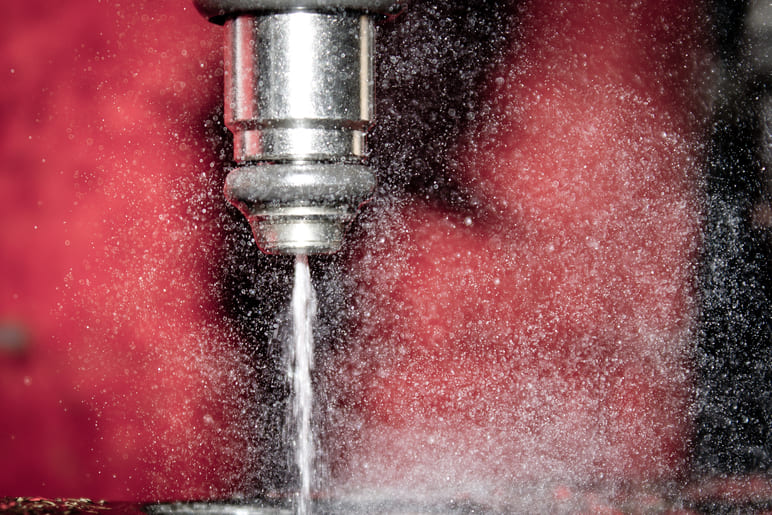
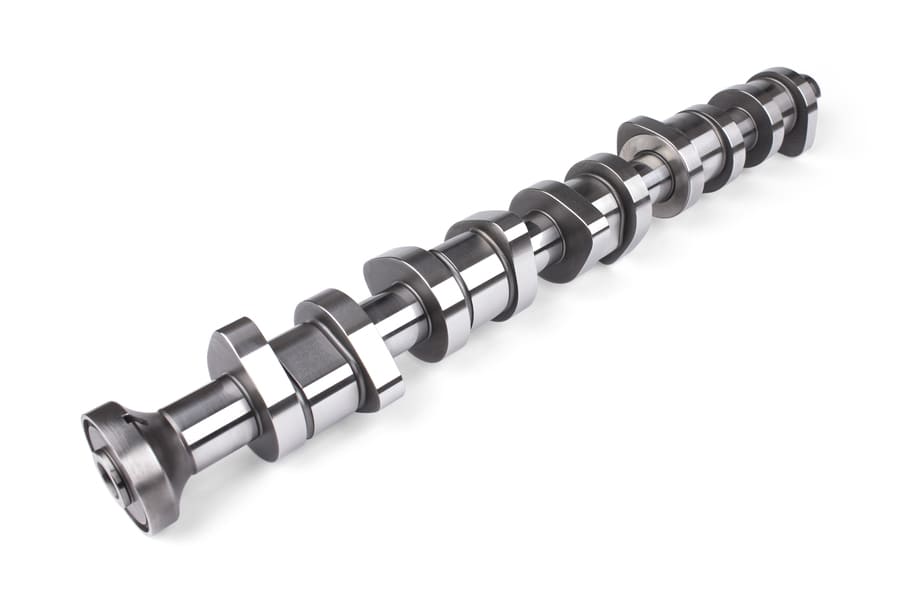
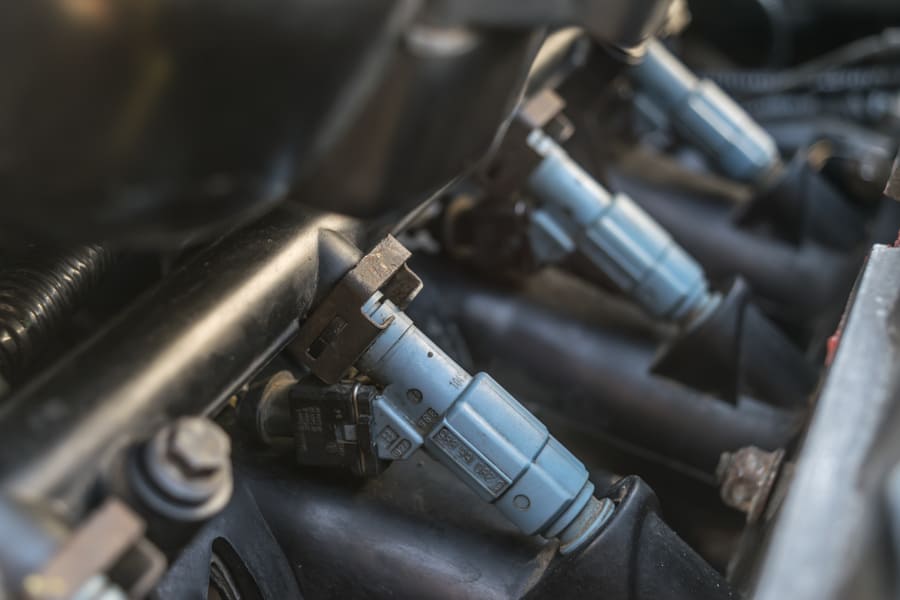
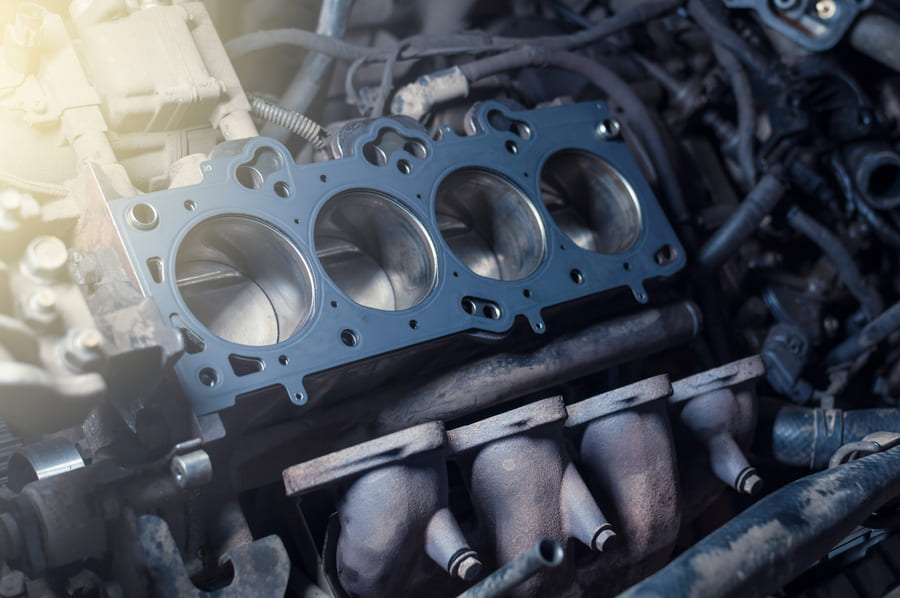
Comments – 1